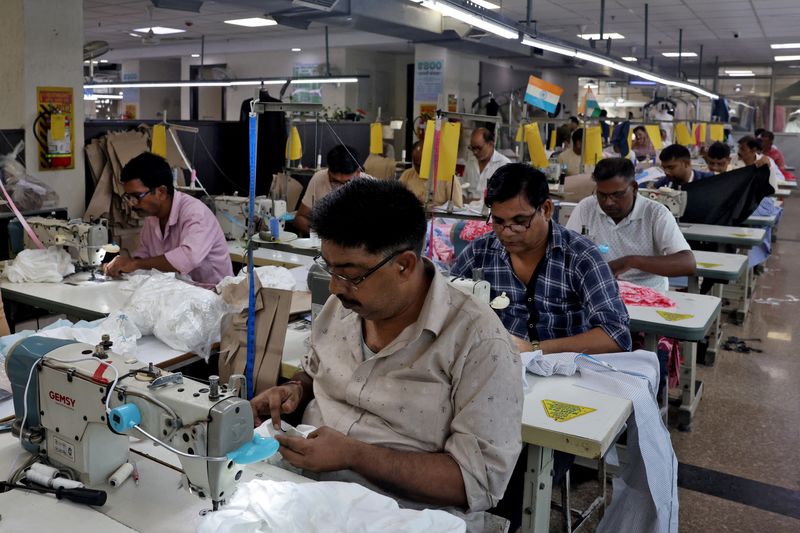India’s critical garment and jewellery export sectors are currently facing an unprecedented challenge, reeling from the sudden imposition of new tariffs by the United States. This significant economic shift threatens to severely disrupt established trade relations and impact countless livelihoods across the subcontinent, as businesses brace for a substantial decline in their largest international market.
The shockwave began with U.S. President Donald Trump’s announcement of a sweeping 25% tariff on Indian imports, effective immediately. This unilateral decision has caught Indian exporters off guard, many of whom had been optimistically preparing for a more favorable bilateral trade deal and an anticipated surge in orders from major American retailers.
The apparel industry, a cornerstone of India’s manufacturing and export economy, is particularly vulnerable. Leading garment exporters, including industry giants like Welspun Living, Gokaldas Exports, and Indo Count, generate a substantial 40% to 70% of their total sales from the United States. The introduction of these higher tariffs could compel American buyers to divert orders to alternative manufacturing hubs, such as Vietnam, which currently benefits from a lower U.S. duty rate of 20%.
Despite its significant output, India holds a 5.8% share in the U.S. garment market, positioning it behind major competitors like China, Vietnam, and Bangladesh. This new tariff structure exacerbates an already competitive landscape, placing immense pressure on Indian manufacturers to maintain their market presence and profitability amidst rising operational costs compared to their regional rivals.
Gautam Nair, a director at Matrix Design and Industries Pvt Ltd and a subsidiary of India’s largest garment exporter, Gokaldas Exports, articulated the industry’s dismay, stating, “We were getting ready for expansion, expecting 10%-15% tariffs under the U.S. deal. Trump’s tariff announcement has come as a shock, and if implemented, the 25% duty will severely impact exports.”
Concurrently, India’s gems and jewellery sector, another vital export industry with heavy reliance on U.S. consumers, is grappling with its own set of challenges. This sector has already experienced considerable strain, with exports of cut and polished diamonds plummeting to their lowest levels in nearly two decades during the 2024/25 fiscal year, largely due to subdued demand from both U.S. and Chinese markets.
Kirit Bhansali, chair of the Gem & Jewellery Export Promotion Council (GJEPC), emphasized the widespread ramifications of the tariffs, explaining, “A blanket tariff of this magnitude will inflate costs, delay shipments, distort pricing, and place immense pressure on every part of the value chain – from lower-level workers to large manufacturers.” The ripple effect is expected to be profound, potentially leading to job losses and a significant downturn in economic activity within these crucial Indian industries.






Leave a Reply